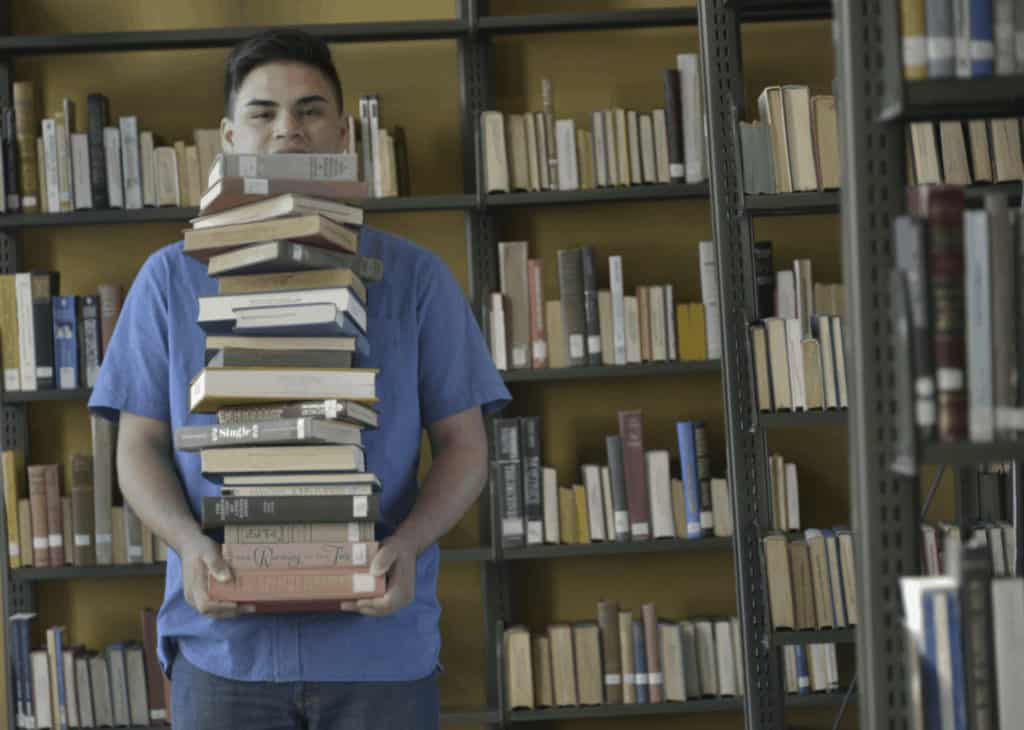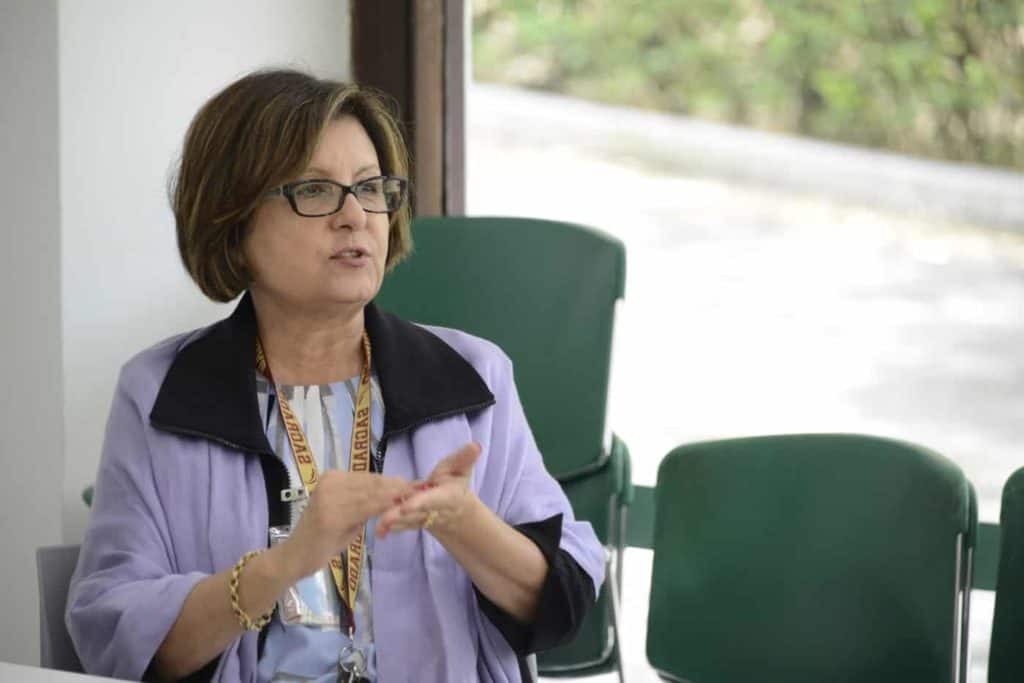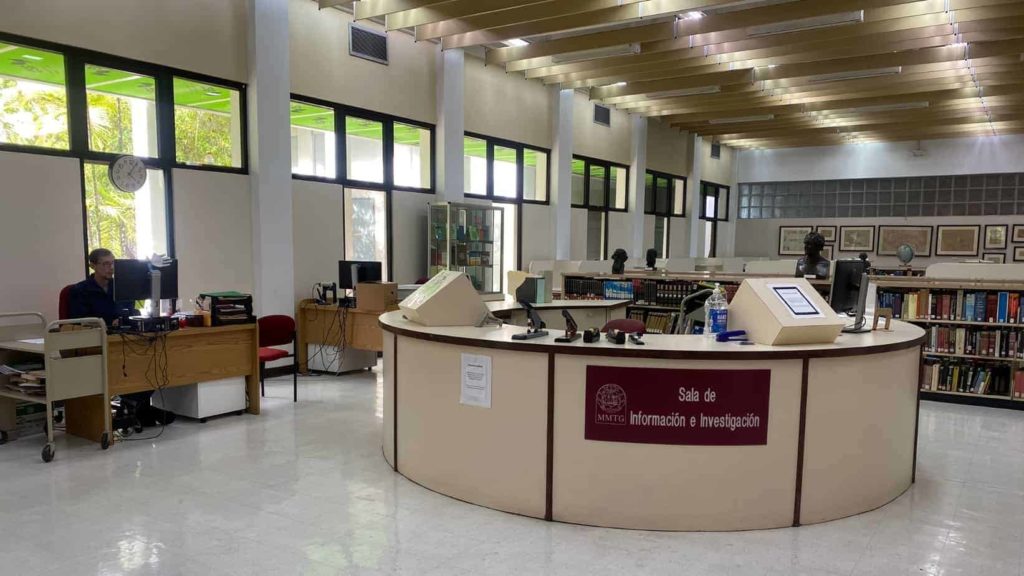During “Book and Reading Month,” we go over the evolution of our library with its former director, Sonia Díaz.

By Liz Yanira Del Valle
Collaborator
In 1975, Sonia Díaz Latorre graduated with a Master’s degree in Information Sciences and began to work in a library that is “very prestigious throughout Puerto Rico.” Díaz refers to his former workplace: Sagrado’s Madre María Teresa Guevara Library, which she directed from 2003 to 2018.
“It was an honor. This library has always been at the leading edge and in constant innovation,” said the professional now retired from Sagrado, who in turn stressed that hers is a profession for life and her duty is to learn all the time.

Its beginnings
Before leading the library, she worked in multiple areas in it: from classification, cataloging, and coordination of direct services to the public to associate director.
As she recalls, the library where she grew as a professional had essentially printed material. “The then director, María de los Ángeles Morales De Garín, undertook many leading edge projects,” she said, recognizing the achievements of her predecessor.
The librarian cited as an example the Information Skills project, which she was a part of in the 1980s. “It was recognized by the Puerto Rico Library Association as an leading edge program,” recalled Díaz, who explained that, back then, the library even had a music and sitting room.
In addition, she highlighted that Morales De Garín led the creation of the Historical Archives and valued the great audiovisual collection.
From print to digital
When Díaz became director the library, the challenges imposed by technological advances were already unavoidable. That transition was not instant or easy, and much less improvised. Díaz coined the motto: “a harmonious coexistence between the printed and the digital world”.
“I reviewed the literature. We needed to adjust to the realities of the 21st century. I consulted the guidelines of the Association of College & Research Libraries and I discovered a whole world there,” she recalled, referring to the Learning Commons and Knowledge Commons program.
Although the physical structure of the library has undergone changes since 1984, the spaces were redesigned under the direction of Díaz to provide collaborative areas, thus promoting learning for both individual students and study groups, as established by the Learning Commons model she used in her proposal.
Likewise, electrical installations, connections for access to the web, Wi-Fi connection capacity, and lighting were improved. Ambiance was also improved to promote areas for socialization, study, research, information exchange, and knowledge creation.
Díaz recognizes the collaboration of her work team and Sagrado’s administration and faculty for the implementation of the program that wrapped up in 2014. “They held dialogue sessions, focus groups, and student surveys, and worked hard on a public relations campaign,” she added.
According to the former director, her vision did not exclude community social responsibility, since community users were also essential.
For Díaz, the challenges never end in this educational environment. She bets on the team that currently leads the library.
“Information has value and it has a cost,” stated this excellent professional. She reminds us that today, competition regarding data is great, and so she stresses the need to sharpen critical thinking when reading and placing a renewed value on primary sources.
